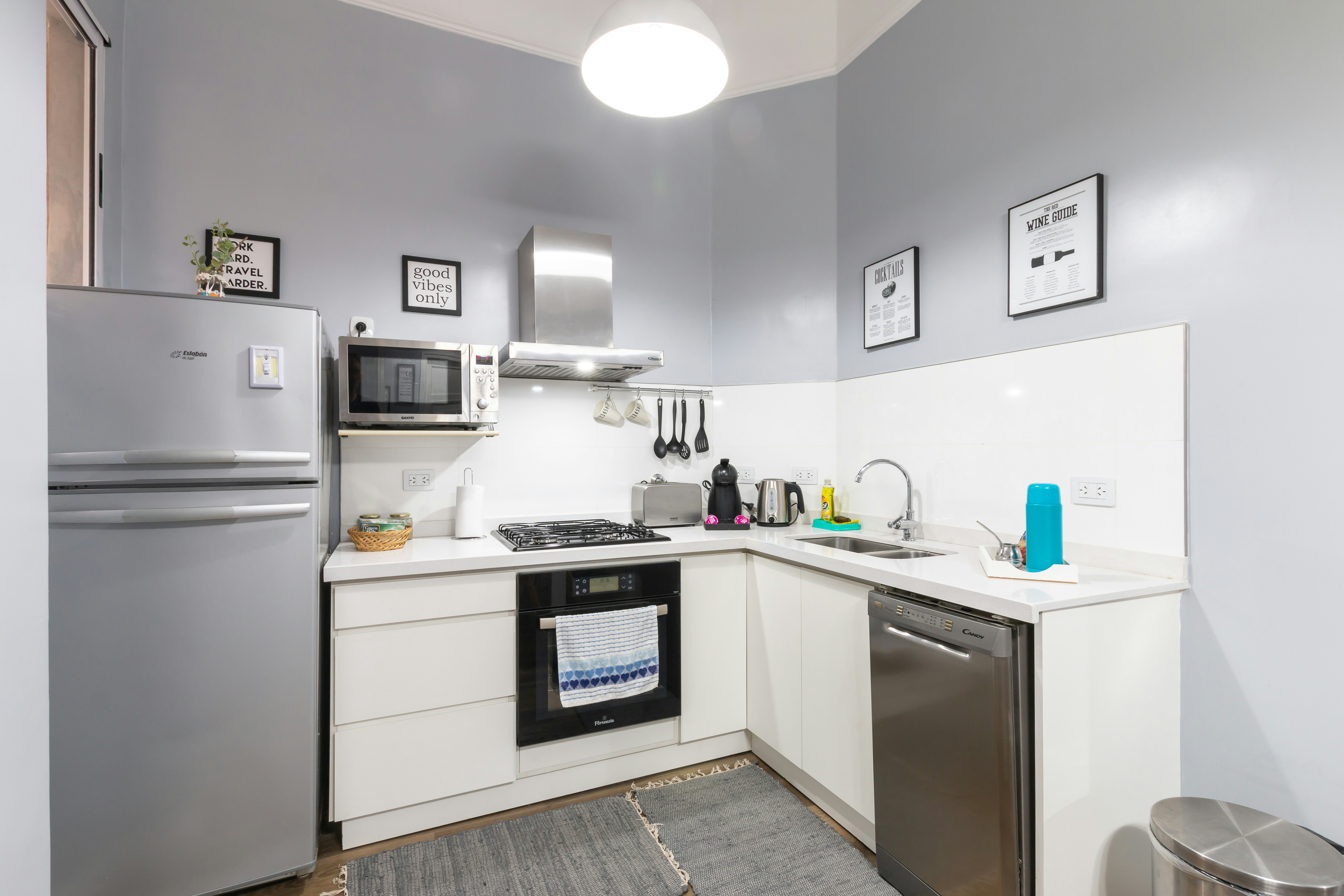As the new year begins, this is the perfect time to take a good look around your home and give a thorough “once-over” to all the safety precautions that deserve a yearly check-up. As the winter months start, there are specific areas of your house that may have been neglected when it comes to you and your family’s health and well-being, and taking a good look at some of the following spots could prove crucial for the coming year.
Practicing Kitchen Safety
While any room in your home comes it its own checklist of important safety precautions, if there is one particular area that sees the most use and foot traffic, it’s most likely to be your kitchen. Besides your own family, this is a room that also welcomes your guests, not only during the holiday season, but all year long. Although there are definitely some common accidents that occur in the kitchen, there are also hygiene and health precautions that often go unchecked.

A likely candidate for unchecked health and safety measures is your dishwasher. Although you may see your dishes and glassware sparkling good-as-new once the rise cycle is complete, it is easy to forget that some of the most dangerous offenders to make your family and friends ill are microscopic. The dishwasher itself should get its own thorough cleaning and maintenance, ensuring that every cleaning cycle truly washes those potential bacteria away. In 2011, a study conducted of household dangers found that of 189 dishwashers, 62% of machines tested positive for fungi and 56% for black yeasts known to cause disease. With this in mind, Consumer Reports suggests that homeowners clean their dishwashers by starting with the machine’s exterior, then the interior filters, and then placing a bowl of white vinegar on the bottom rack before running a cycle to get those pesky bacteria out of there for good!
Before you even start clearing the kitchen table, it is a good idea for your kitchen get its own thorough cleaning. Even if you have company over, try and keep in mind that as the host, you have a few crucial tasks to guarantee everyone’s health and safety. For example, for proper sanitation, be sure to wipe down all the kitchen countertops, faucet, and items used in the meal prep of moisture with soap and water or, preferably, an industrial cleaner.
Also, keep a good eye on the cleaning and maintenance of your refrigerator and its thermostat, and keep your food fresh by keeping 40-degree Fahrenheit or lower fridge and zero-degree Fahrenheit freezer in proper working order.
Inspecting a Fireplace

When it comes time to prepare your house for cold weather, both your home’s interior and exterior come with their own list of crucial safety concerns. Inside, your fireplace requires some important checks to remain in proper working order. For example, be sure that the chimney cap is always in good condition and that birds or other critters haven’t made the chimney their home. The brick and mortar construction must always be solid and complete, as any air leaks in the insulation could compromise the seal and lead to smoke inhalation or potential fires. A draft could be a sign of trouble. If you can feel cold air in your home, it may be a sign of damage. Also, double-check to make sure that the chimney is at least 2 feet about its exit on the roof and that the flue-liner can be clearly seen above the chimney’s crown.
On a side note, if your dryer pumps your laundry cycle’s lint and debris out through a side-vent into the outdoor air, always be sure that those throughways are also clear. Over time, the lint build-up brought on by cotton shirts, socks, or even smaller items such as a panty or single item of underwear and tee shirts can amount to heat and fire. Also give as once-over to your furnace or other heating system, carbon monoxide detectors, and hot water heater before proceeding outside.
Inspecting the Roof
If you’re outside checking the chimney’s exterior, it may be the perfect time to give your roof a good safety inspection. If the winter months or hurricane season are approaching, the last thing you’ll want is a leak caused by the snow of a winter storm or harsh rain.
Such an inspection of the roof should ideally start by taking stock for cracks or leaks in the caulk, or for rust spots that could deteriorate the stability of the roof’s structure. Likewise, any shingles that may be peeling or curling need to be replaced, as it is only a matter of time before they break-off. Also, stains in the paint and algae could mean a weakness in key spots, and you’ll want to replace those areas right away. While it may be tempting to run to the hardware store and fix many of these potential spots yourself to safe money, for the good of your family’s safety, you’ll want to consult a specialized roof inspector.



